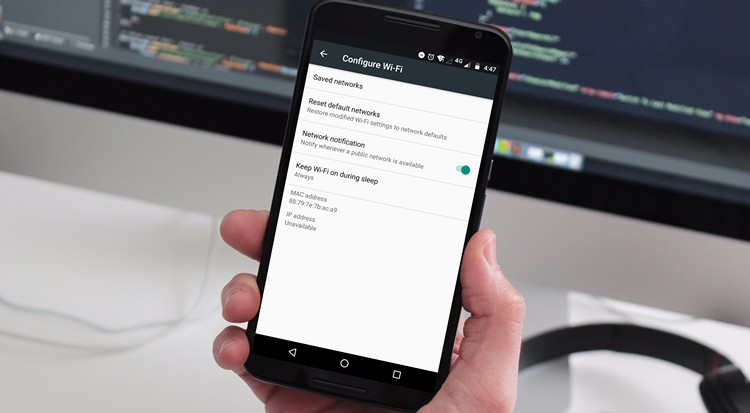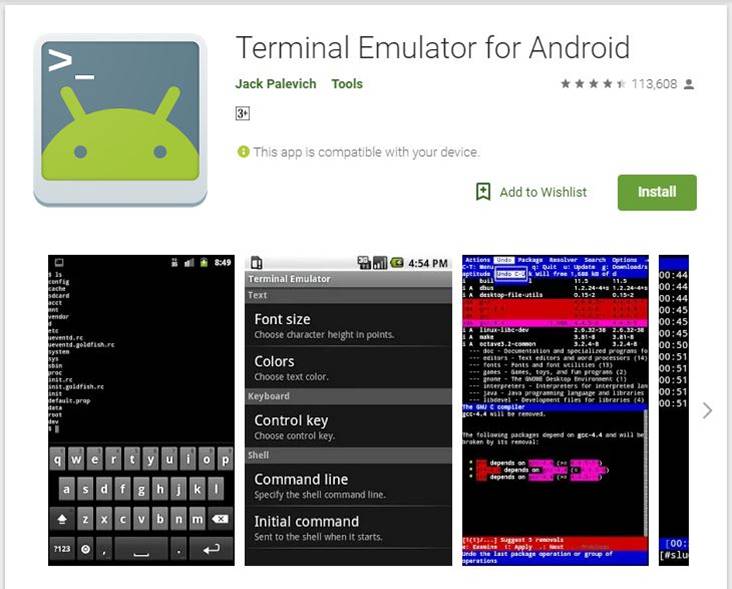
- Change mac address by terminal emulator mac os x#
- Change mac address by terminal emulator install#
- Change mac address by terminal emulator serial#
- Change mac address by terminal emulator drivers#
Change mac address by terminal emulator install#
(use 'enter' or 'space' to scroll, and 'q' to quit).Īlternatively, if you'd like a few more features, and a retro feel, you can install minicom 2.2. Type man screen in Terminal for further information on screen. To quit the screen app, type CTRL-A, then CTRL-\.Then type: screen /dev/cu.usbserial 9600 (in this example).With the USB-Serial adapter plugged in, you'll get a list, including something like this: Screen lacks some features, but it does include VT100/ANSI terminal emulation, and can be extremely useful.
Change mac address by terminal emulator mac os x#
It's not actually necessary to download an install extra software, as you can use the Mac OS X built in Terminal and screen.
Change mac address by terminal emulator serial#
Note: If you can't find a driver for your adapter (eg, Belkin), try Serial which has built-in support for many USB-Serial devices. For a GUI solution, see OS X Serial Port Apps.Two terminal methods are Screen and Minicom.We now need to install some terminal emulation software before we can connect to anything. Having installed the right driver, our USB-Serial adapter will show up in /dev/cu.* (shown above). dev/cu.* devices do not assert DCD, so they will always connect (respond or succeed) immediately. The technical difference is that /dev/tty.* devices will wait (or listen) for DCD (data-carrier-detect), eg, someone calling in, before responding. We want to call-out from our Mac, so /dev/cu.* is the correct device to use. So, what's the difference? Well, TTY devices are for calling into UNIX systems, whereas CU (Call-Up) devices are for calling out from them (eg, modems).

You might notice that each serial device shows up twice in /dev, once as a tty.* and once as a cu.*. Note: Check your adapter works after an OS Update, as you may have to re-install the driver. Select this port name in a terminal program. This indicates the USB-Serial driver is working. dev/cu.Bluetooth-PDA-Sync /dev/cu.usbserial dev/cu.Bluetooth-Modem /dev/cu.iPhone-WirelessiAP
Change mac address by terminal emulator drivers#
Keyspan serial-USB adapter drivers can be found in their Support Section.Īfter installing the correct driver, plug in your USB-Serial adapter, and open a Terminal session (Applications/Utilities).Įnter the command ls /dev/cu.*, and look for something like usbserial (or similar):.Belkin - USB Serial Adapters: F5U257, F5U103, F5U003 (poor OS X support).Silicon Labs - CP210x USB to UART Bridge Virtual COM Port (VCP) drivers.If your adapter doesn't work with either of these, try the following sources: NOTE: It may be necessary to remove any previous driver before installing a newer one,Įg: $ sudo rm -rf /System/Library/Extensions/ProlificUsbSerial.kext UPDATE: Mavericks (10.9) includes a driver for FTDI-based Serial-to-USB adapters. Most Serial-to-USB adapters will work on a Mac with one of the following OS X drivers. You can use screen, although Minicom (or a GUI program) offer more features and functionality.

You just need a serial to USB adapter, the right driver, and some Terminal software. Mac's are excellent tools for accessing serial device TTY ports (to console into PBX's, switches, and routers).


 0 kommentar(er)
0 kommentar(er)
